The Shining: new book sheds alternative light on Kubrick’s infamous film
We speak to designer Craig Oldham, editor of the new book The Shining: a Visual and Cultural Haunting about this cross-cultural reframing of Stanley Kubrick’s epic film

Few films carry more cultural gravity than Stanley Kubrick’s The Shining. This pinnacle of the horror genre, adapted from Stephen King's novel of the same name, has been celebrated, sampled, conspiracy-theorised and dissected to saturation point. With a cult following, cultural impact and trove of symbolism this big, what’s left to say?
More than 40 years since The Shining first hit screens, a new design book published by Rough Trade Books is re-evaluating the film through contemporary music, art, fashion and gender, and overlooked perspectives.
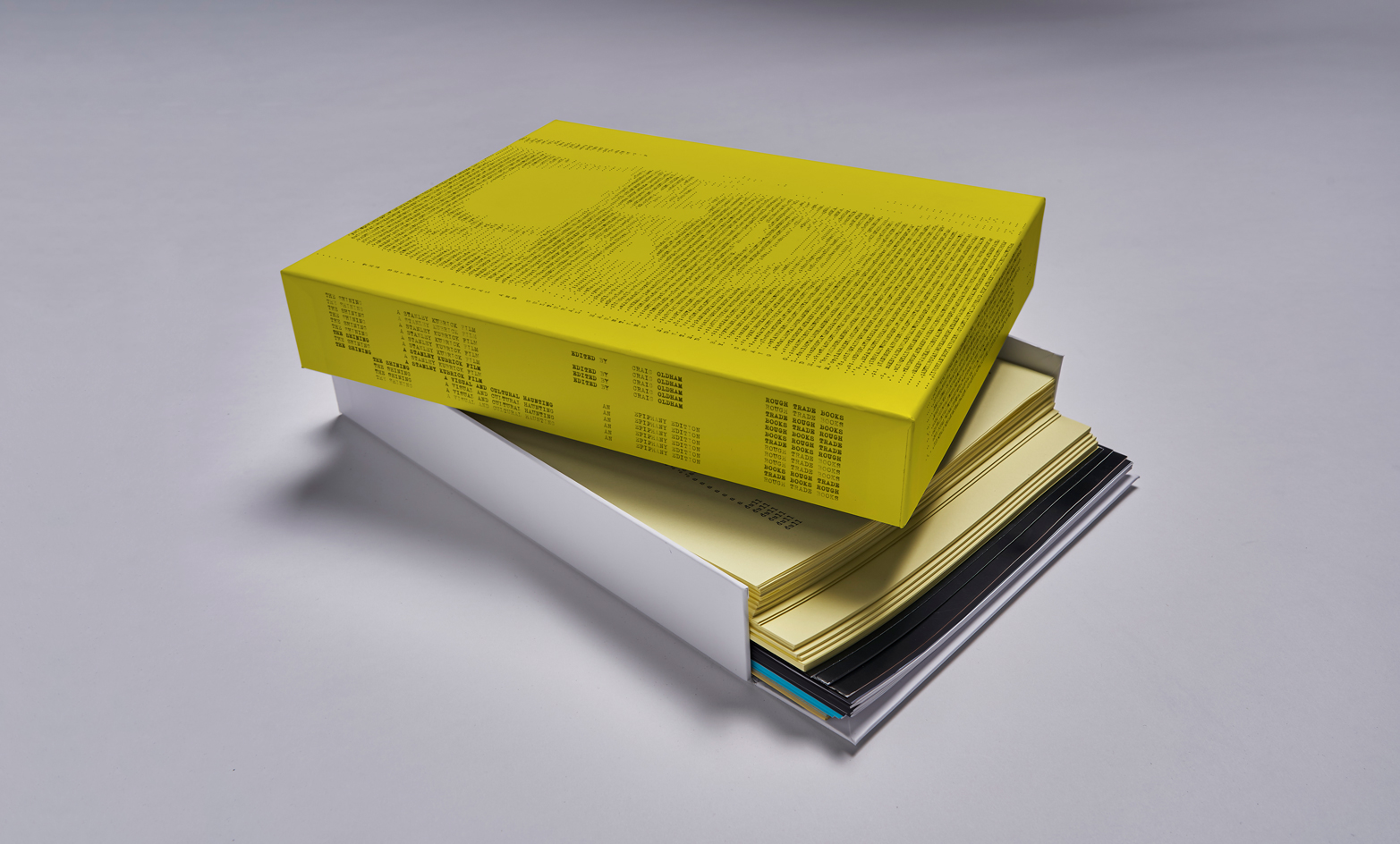
At first look, the 400-page book resembles the typed writing project that Jack – the film’s antagonist – pursues throughout the movie to increasing degrees of mania and destruction. But like the film’s symbolism-laden plot, there are layers to unpack. Within the box, loose-leaf pages erupt with original recollections (from lead actors Shelley Duvall and Danny Lloyd); contributions from cultural luminaries (including Cosey Fanni Tutti, Margaret Howell, Gavin Turk and John Grindrod); and new essays and printed ephemera that seek to re-examine all we think we know about this pillar of cinematic history.
Craig Oldham, who edited and designed The Shining: a Visual and Cultural Haunting, admits he felt daunted, and somewhat paralysed, by the prospect of taking on such a titanic legacy. ‘People have applied an almost cosmic level of exegesis to the film’, he tells Wallpaper*. ‘There’s no point writing about something if it adds nothing new, let alone a book. But that’s ultimately where we were able to find our angle.’
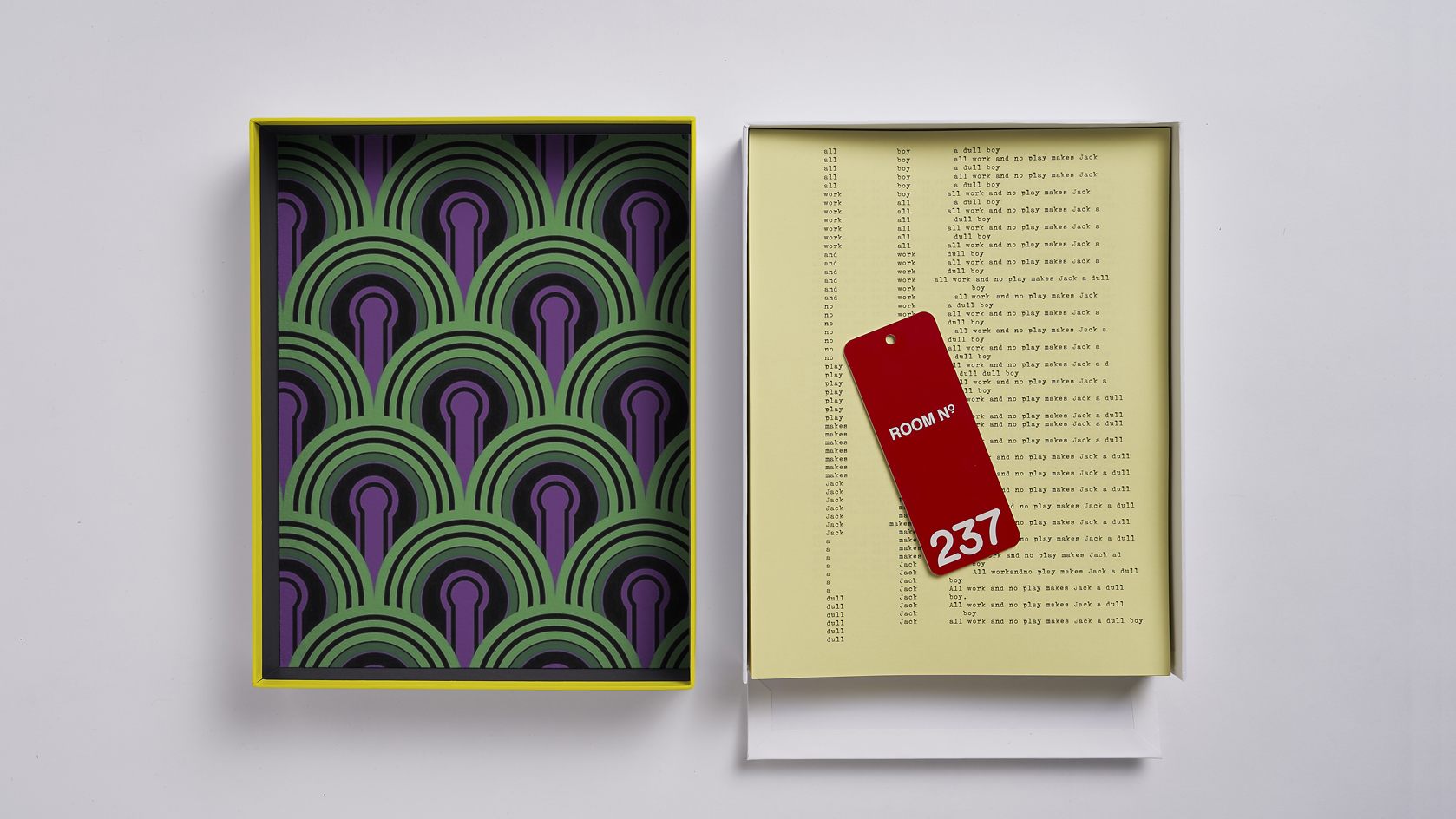
Oldham began exploring not only what had been written about The Shining, but who had been writing about it. He found that an overwhelming proportion of critical analysis surrounding had originated from men. ‘Kubrick is a masculine director and made movies and stories fundamentally and primarily concerned with men,’ he says. ‘So we wanted to know what women might think about that. Or even men that didn’t necessarily fit the hyper-masculine boxes present in Kubrick’s films. I’d be remiss if I didn’t acknowledge the fact that I am indeed a white male editing this book, but the difference is that we want the book to be a platform to showcase unheard or ignored views.’
The result is as much an ode as a critique. The creators sought to readdress this apparent gap in critique from the perspectives of women, as well as those who have real-world experience in the more complex themes in the film such as domestic violence and mental health issues. ‘We felt it was pertinent to pick out the stories of domestic abuse and domestic violence, extrapolated beyond that “get out of jail free card” of it being a horror film,’ he says. ‘We wanted to look at isolation and mental health in the context of the closeness we now globally share with those themes after the Covid-19 pandemic.’
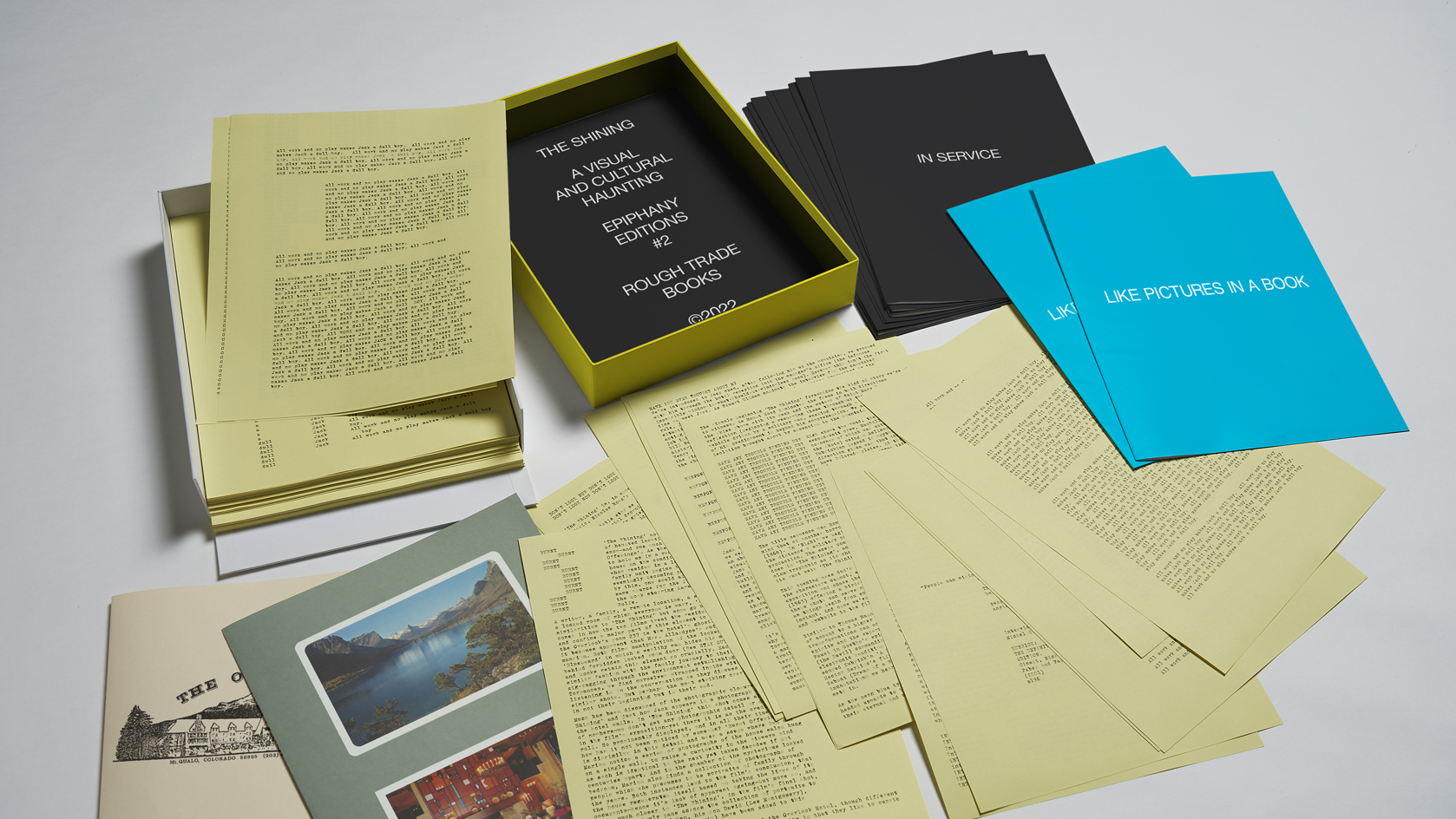
The book also sought to celebrate and reappraise Shelley Duvall and her ‘much-maligned performance’, which Oldham puts down to ‘consciously or unconsciously, misogynistic male viewpoints. She is an almost unwitting embodiment of all the film’s themes on- and off-screen given her apparent treatment on set and the legacy the film has had on her and he career,’ he says. The book features an interview with Duvall, in which she offers rare insight into her performance and experiences on set.
Receive our daily digest of inspiration, escapism and design stories from around the world direct to your inbox.
For the design approach, creators sought to upend the ‘impenetrable academic analysis’ of the film to create something tactile, engaging and accessible. Conceived as a replica of Jack’s infamous typed manuscript, contributions are printed on yellow script paper in a bespoke typeface that has been coded using punches from the same Adler typewriter used by Kubrick’s character.
Presented entirely unbound, the book has no beginning or end. ‘You can edit it, add to it, and change it to make it mean what you want it to mean,’ Oldham explains. ‘The design is an extension and embodiment of the ideas of digesting a film in different ways, but for people who might just like the film rather than want to study a PhD in it.’


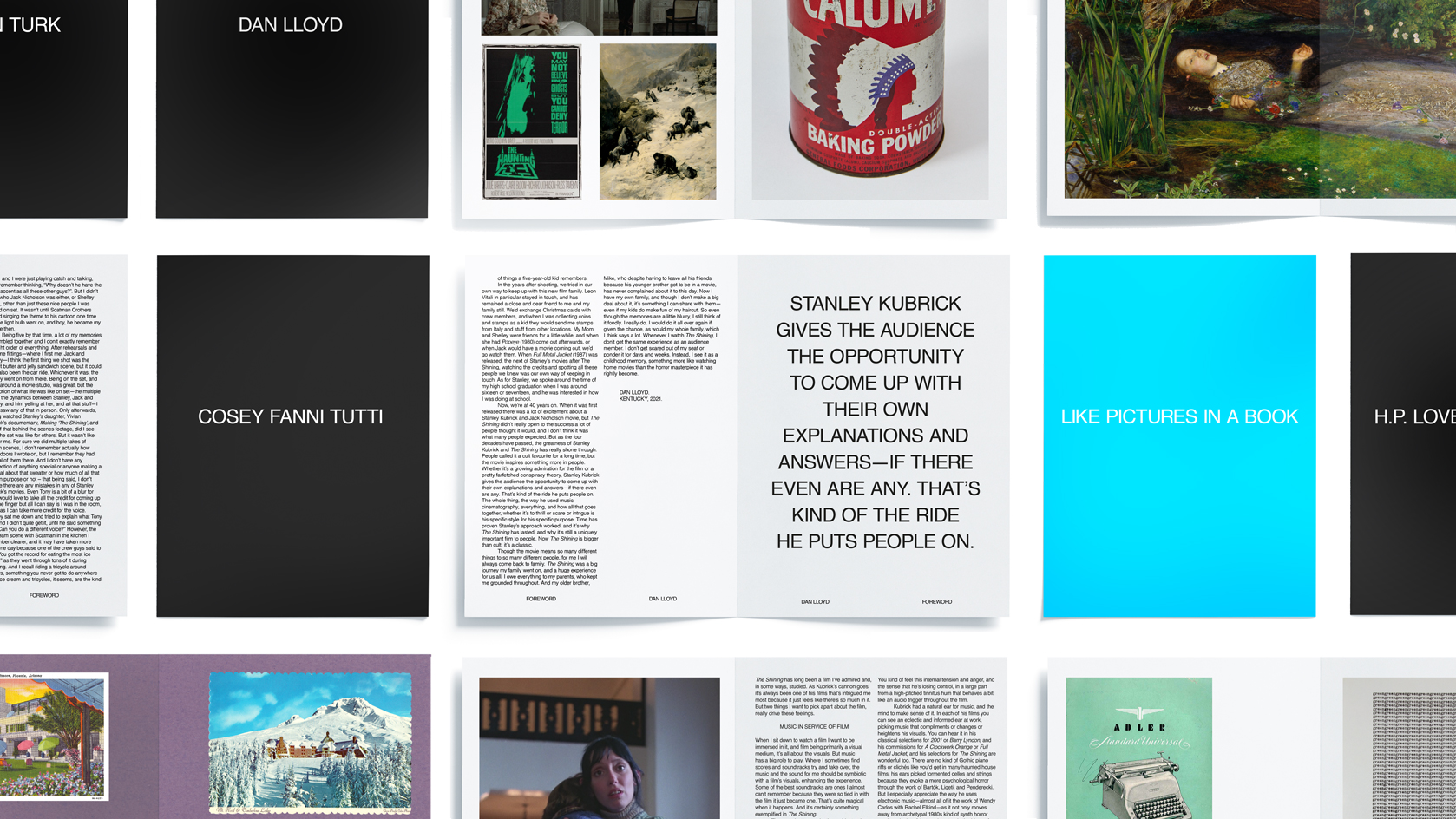
INFORMATION
The Shining: a Visual and Cultural Haunting will be published by Rough Trade Books on 10 October and is available to preorder now, £50. roughtradebooks.com
Harriet Lloyd-Smith was the Arts Editor of Wallpaper*, responsible for the art pages across digital and print, including profiles, exhibition reviews, and contemporary art collaborations. She started at Wallpaper* in 2017 and has written for leading contemporary art publications, auction houses and arts charities, and lectured on review writing and art journalism. When she’s not writing about art, she’s making her own.
-
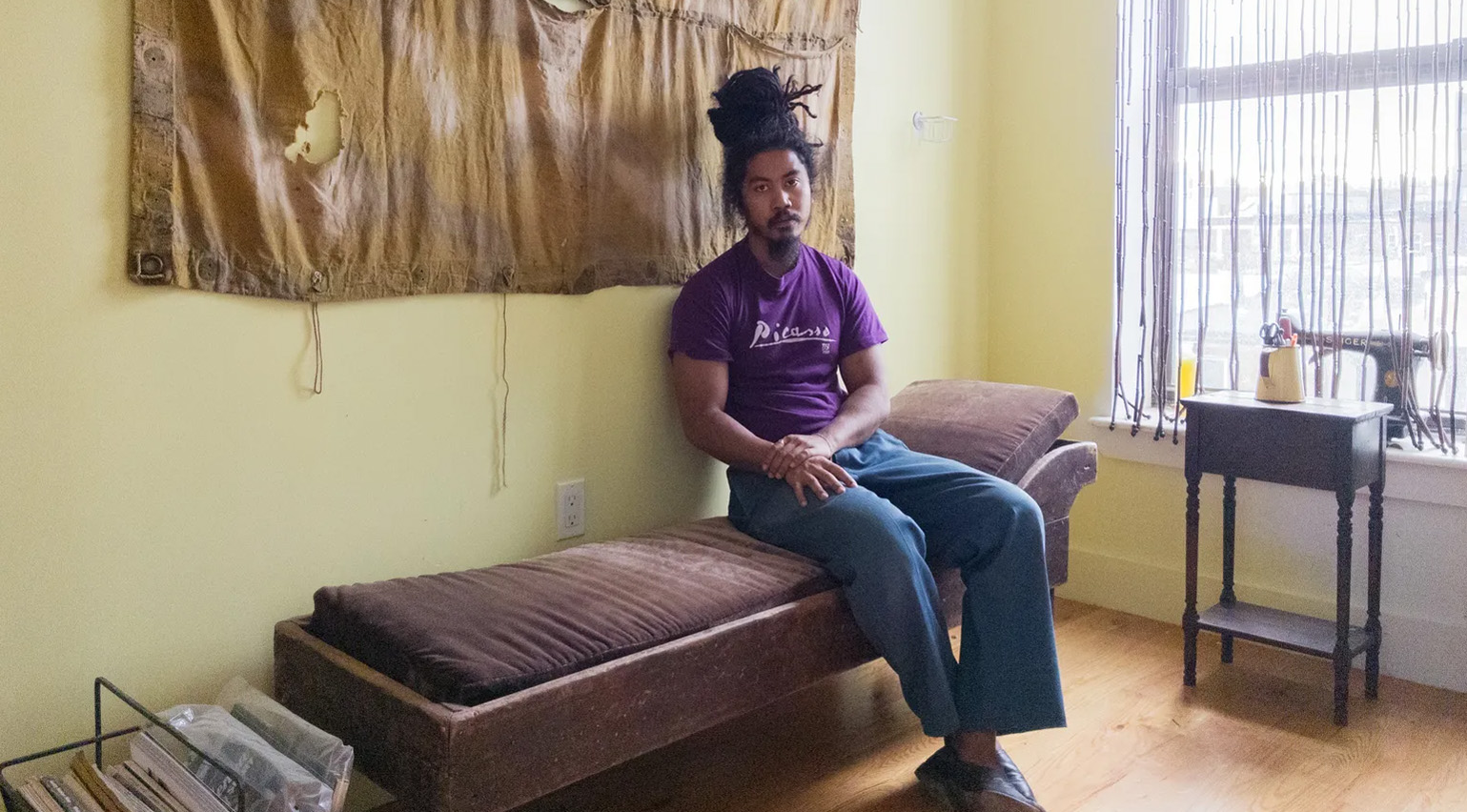 The rising style stars of 2026: Connor McKnight is creating a wardrobe of quiet beauty
The rising style stars of 2026: Connor McKnight is creating a wardrobe of quiet beautyAs part of the January 2026 Next Generation issue of Wallpaper*, we meet fashion’s next generation. Terming his aesthetic the ‘Black mundane’, Brooklyn-based designer Connor McKnight is elevating the everyday
-
 Mexico's Office of Urban Resilience creates projects that cities can learn from
Mexico's Office of Urban Resilience creates projects that cities can learn fromAt Office of Urban Resilience, the team believes that ‘architecture should be more than designing objects. It can be a tool for generating knowledge’
-
 ‘I want to bring anxiety to the surface': Shannon Cartier Lucy on her unsettling works
‘I want to bring anxiety to the surface': Shannon Cartier Lucy on her unsettling worksIn an exhibition at Soft Opening, London, Shannon Cartier Lucy revisits childhood memories
-
 Irma Boom on books and beyond – meet the Dutch graphic design legend in her studio
Irma Boom on books and beyond – meet the Dutch graphic design legend in her studioA pioneering force in the world of print, Boom welcomes us to her Amsterdam studio to discuss the infinite possibilities of book design, curious heroines and holy encounters
-
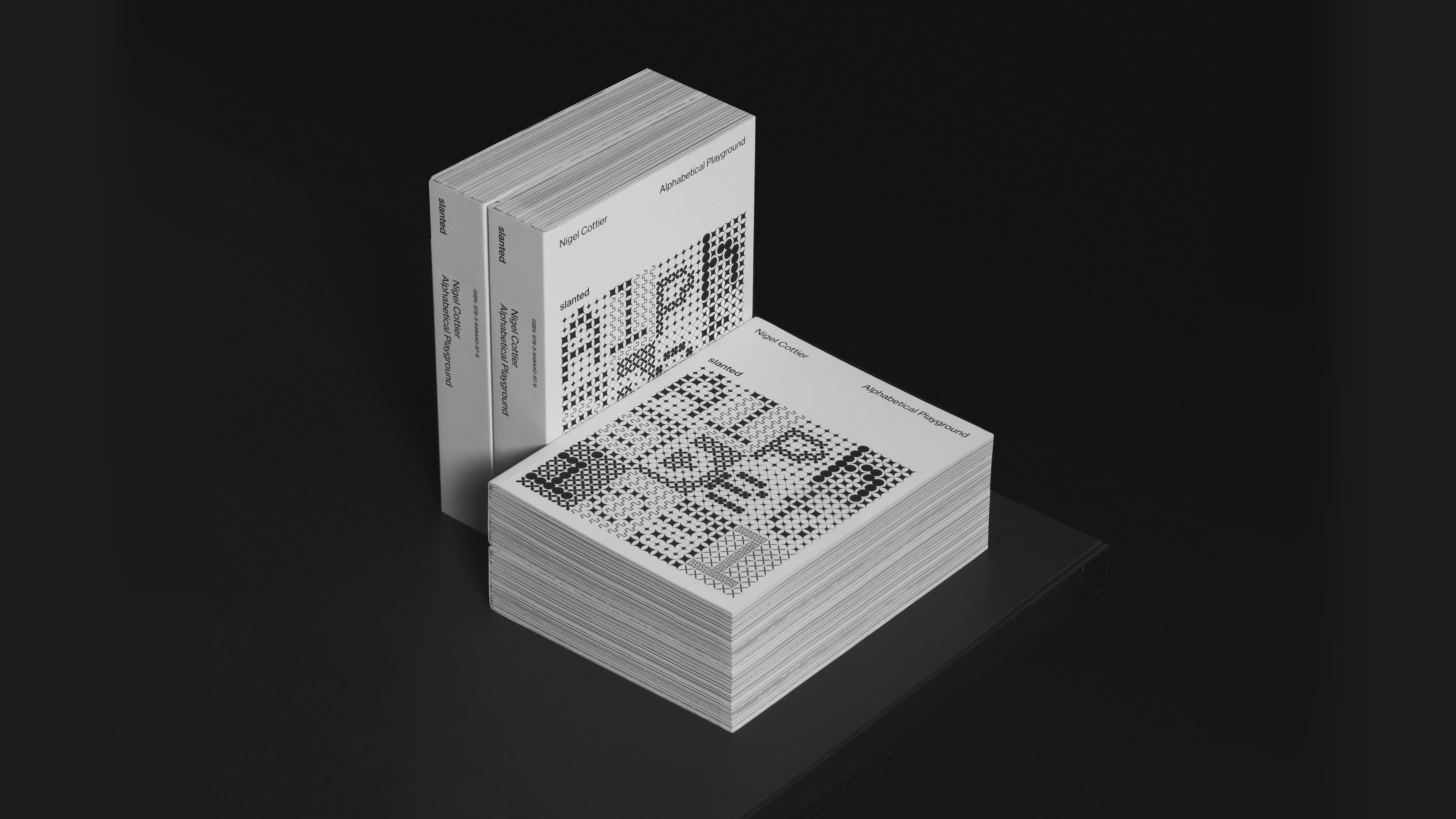 ‘Alphabetical Playground’ is a new book about experimental graphics and abstract letterforms
‘Alphabetical Playground’ is a new book about experimental graphics and abstract letterformsNigel Cottier’s new monograph ‘Alphabetical Playground’ explores the creative limits of contemporary typography, delving into tech-driven geometric abstraction
-
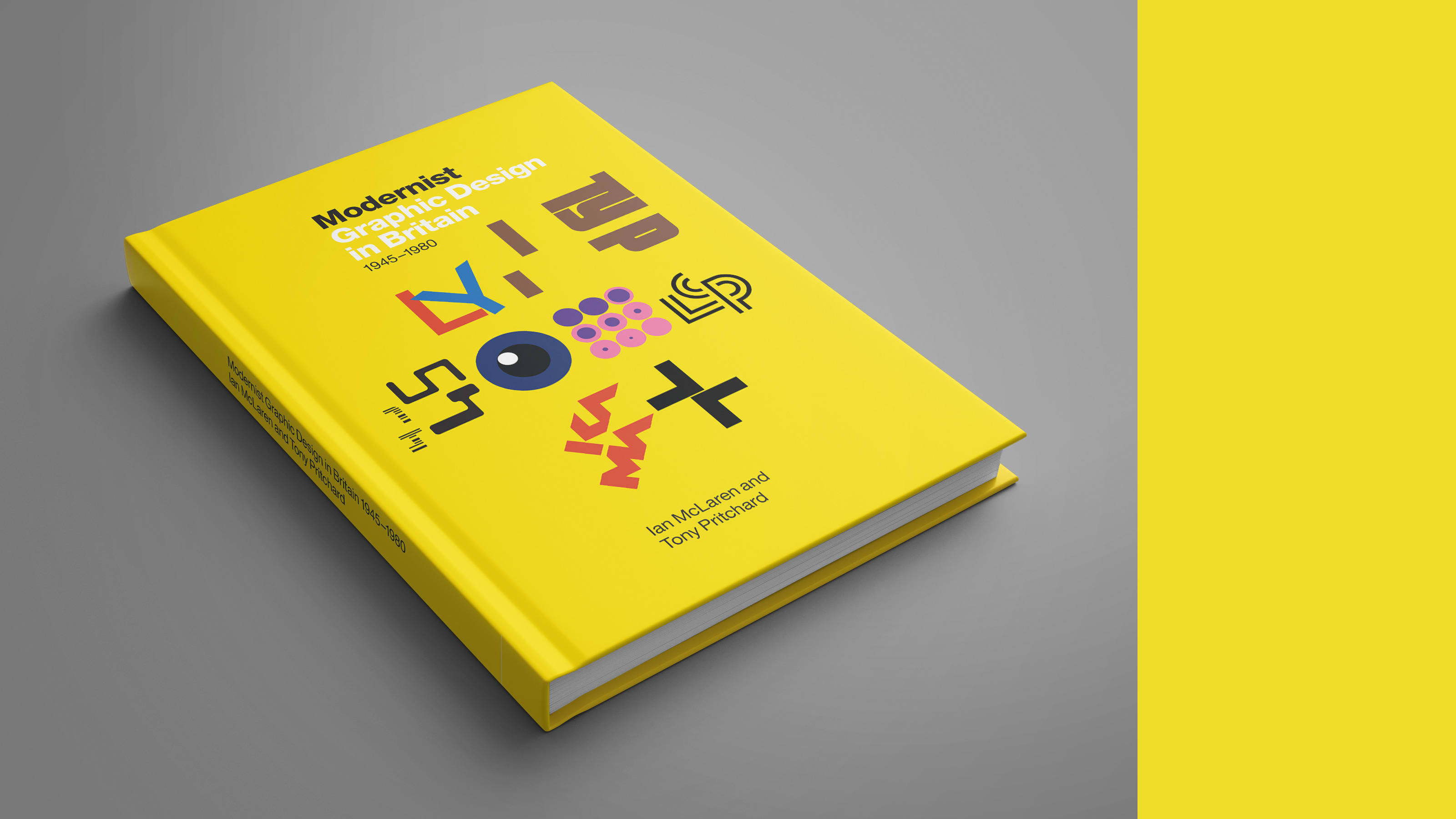 A new book from the Modernist Society focuses on a golden age of British graphic design
A new book from the Modernist Society focuses on a golden age of British graphic design‘Modernist Graphic Design in Britain 1945-1980’ looks at all the ways in which post-war graphic design shaped the nation, from new typography to poster art, book design and more
-
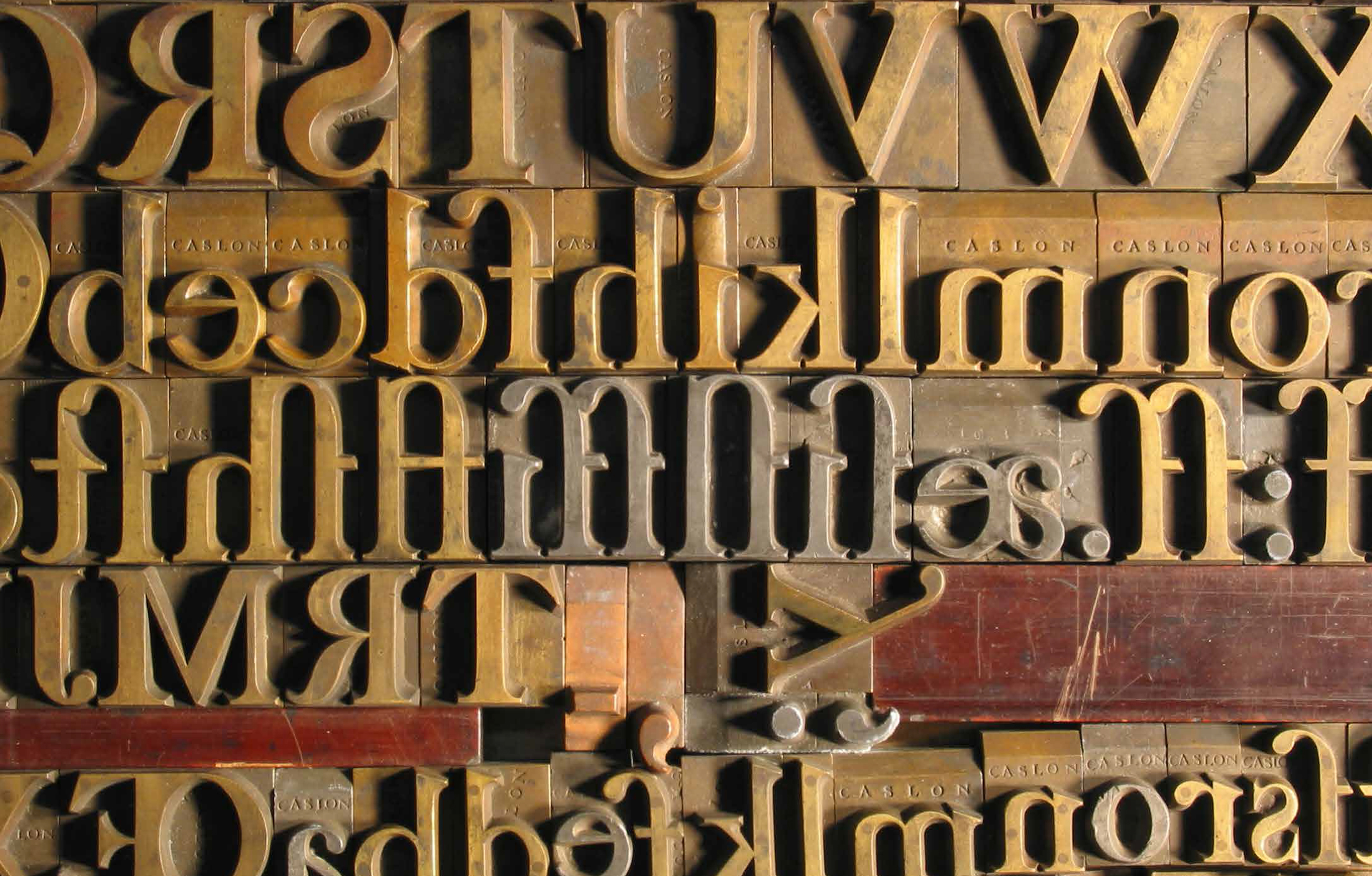 ‘Type Archived’: a must-have manual for hot metal enthusiasts and linotype lovers
‘Type Archived’: a must-have manual for hot metal enthusiasts and linotype loversA new book provides a stunning visual tour of traditional typefounding and offers a definitive account of London's legendary Type Archive
-
 The Acme Novelty Datebook is Chris Ware’s last volume of intriguing sketchbooks and thoughts
The Acme Novelty Datebook is Chris Ware’s last volume of intriguing sketchbooks and thoughtsChris Ware presents his ‘artisanal rewritings of personal conflict’, a third and final volume charting the American artist and author’s process
-
 The life and work of designer Margaret Calvert celebrated in a new monograph from Unit Editions
The life and work of designer Margaret Calvert celebrated in a new monograph from Unit Editions‘Woman at Work: Margaret Calvert’ is an upcoming monograph on the designer’s celebrated graphic, typography and signage work
-
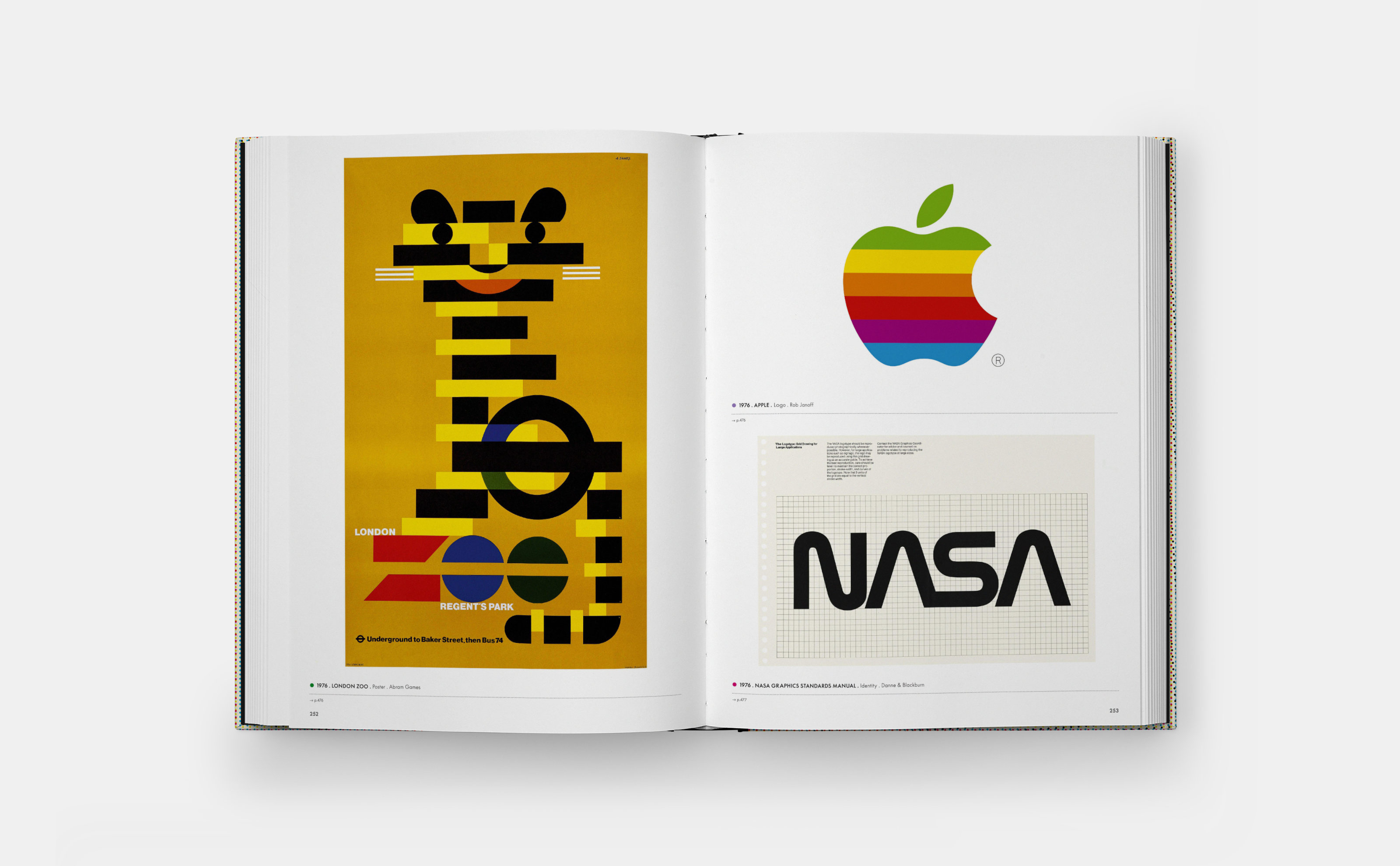 Phaidon’s new Graphic Classics is a lavish greatest hits of graphic design
Phaidon’s new Graphic Classics is a lavish greatest hits of graphic designGraphic Classics is a compendium of seven centuries of visual culture, from the everyday and ephemeral to visionary works that reshaped our world
-
 A hundred years of Triennale posters documented in a new book
A hundred years of Triennale posters documented in a new bookTriennale posters from a century of exhibitions at the Milanese institution are the subject of a new book celebrating its history